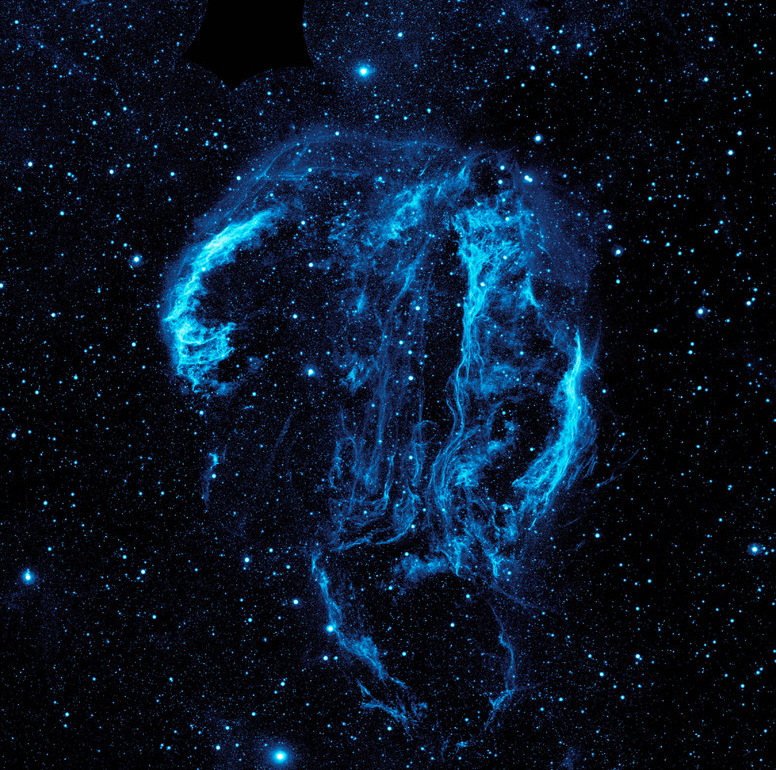The news was largely theatrical yesterday–the Pope in Cuba, protest and prayer outside the Supreme Court, a new Madonna album–but not much to get excited about. And speaking of aging, there was this image, which poignantly evokes a different kind of drama.
An old man looks though a crack in a door. The door is in a nursing home, the nursing home is in China, and he is going to die. Until then, however, he has a beautiful combination of good humor, intelligence, and gentleness. His eye may be dimming, but he still absorbs, considers, and responds rather than merely see. The door of perception may be narrower than it once was, but the slender space, like the eye itself, remains an aperture through which light and thought can travel.
The humanism of the image may be helped by much of his genetic and cultural inheritance not being visible. What strikes me, however, is how he looks simian. Rather than reverting to childhood, he seems to be aging into the prehistory of his species. Photography recapitulates phylogeny, you might say, and like a mirror image reversing the evolutionary process. We can see not a single individual but the human being as it is a thinking primate. But no more immortal for that.
This is another photograph that takes us back in time. The ultraviolet image of Cygnus Loop Nebula captures the remaining gases of an explosion that occurred about 5000 years ago. It, too, is poignant. Although nothing but inanimate matter, the beautiful tracery becomes a mirror image, inviting recognition as if it were the remnants of a mind, an intelligence still somewhat structured even as it fades into nothingness. Such allegories are not science, of course, but why then create the image, itself a work of artifice, and why give the galaxy the name of a swan? Myth and science need not be far apart, and so the astral form suggests a life form, and in any case, the pattern is an aperture into the history of the star system. Stars are neither mortal nor immortal, but they, too, are subject to the relentless passage of time.
Which is why I like the rest of the photograph as well. It’s easy to satirically intone Carl Sagan’s “billions and billions of stars,” but there are billions and billions of galaxies. Each one is a field of light that will some day be extinguished. But until then, perhaps a source of perspective on the minor dramas of the news cycle, and maybe even something that might make an old man smile.
Photographs by a stringer for Reuters and by NASA.


Discussion